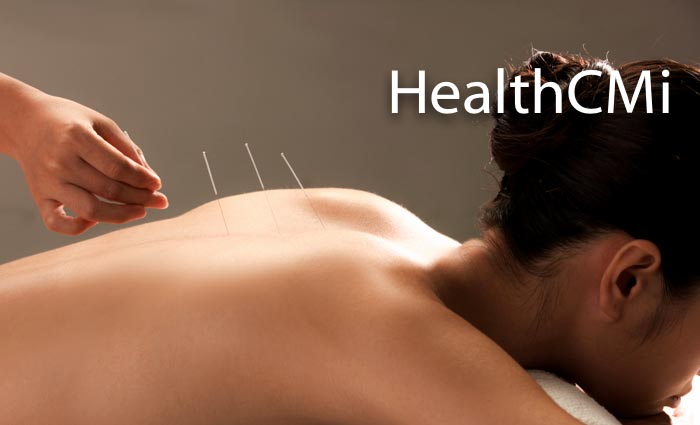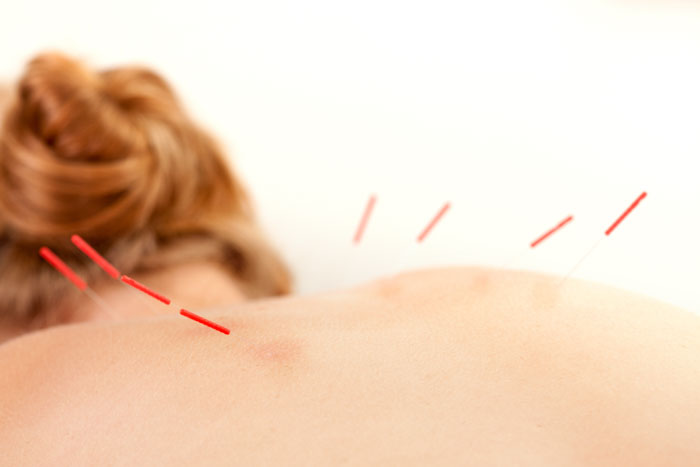Researchers have successfully documented not only that acupuncture is safe and effective for the relief of migraines, but also how acupuncture achieves positive outcomes.
Acupuncture has been shown to induce important biological responses to prevent and alleviate migraines. Imaging studies of the brain using fMRI technology confirm that acupuncture causes specific cortical responses to achieve lasting analgesic effects. In addition, blood level measurements document specific responses to acupuncture that play an important role in preventing and eliminating pain. Let’s take a look at the data to see how scientists have mapped how acupuncture works to stop migraine headaches.

Researchers conclude that acupuncture is effective for the prevention and treatment of migraine headaches. A meta-analysis of controlled clinical and laboratory investigations is the basis for the conclusion. In one randomized-controlled trial on the effectiveness of acupuncture as a treatment for migraines, less migraine days and less pain intensity levels were recorded when acupuncture was administered. Furthermore, no severe adverse effects occurred. A follow-up of up to three months following acupuncture treatments maintained the same results and showed that acupuncture is effective for the treatment of migraines both on the short-term and long-term basis.
In another investigation, researchers conducting a clinically-controlled study using fMRI (functional magnetic resonance imaging) found a significant decrease in the functional connectivity of the right frontoparietal network of migraine patients. This connectivity dysfunctions was found to be reversible after four weeks of treatment using acupuncture. This is another curative effect of acupuncture that is quantifiable in repeated controlled experiments.
For more than 2,000 years, people have used acupuncture in China for the treatment of various pain conditions, including migraines. It is useful, both as a supplementary treatment and as an alternative treatment, in situations where there is no response to drug therapy. Migraines are a headache disorder affecting a broad population that causes societal burdens due to associated healthcare costs and absenteeism from school and work. Approximately 23% of households in the United States have at least one member who suffers from migraines. The estimated total number of migraine patients in the United States exceeds 28 million and half of them have reduced work or school productivity.
Scientists have uncovered some of the biochemical mechanisms responsible for acupuncture’s pain killing effects. Drugs used for the treatment of migraines often mediate the analgesic action for cerebral vasodilation dysfunction and pain through the induction of cerebral vasoconstriction. In the process of vasoconstriction, myosin light chain kinase in cerebral vessels are activated. In an experiment conducted using animals with migraines, acupuncture has been found to “induce activation of myosin light chain kinase in the middle meningeal artery.” This indicates that the effective action of acupuncture for relief and prevention of migraines is due, at least in part, to its ability to regulate myosin light chain kinase activity.

In another randomized-controlled trial, fMRIs reveal acupuncture’s ability to regulate key regions of the brain affected by migraines. The areas are essentially the pain circuitry regions of the brain and cognitive components of pain processing. In addition, acupuncture also restores normal serum nitric oxide (NO) levels that have been found to be almost 55% higher in patients with migraines. Excess NO is a potent vasodilator contributing to headaches and acupuncture restores homeostasis. The regulatory effects of acupuncture can be quantified as early as the fifth acupucture session and the effects are cumulative.
Additional research documents acupuncture’s ability to regulate bodily biochemistry. In one study, researchers document that acupuncture reduces MMP-2 (metalloproteinase-2) activity in patients without affecting its concentrations. In controlled experiments, researchers conclude that the combination of acupuncture and electrical stimulation of needles (electroacupuncture) relieves pain experienced during migraine attacks through the reduction of plasma glutamate levels. Based on these and other studies in the meta-analysis, the researchers conclude that acupuncture improves patients’ psychological profile, relieves pain, is safe and cost-effective, and has been found to be at least as effective as conventional preventative pharmacologic treatments for migraines.
References:
Wang Y, Xue CC, Helme R, Da Costa C, Zheng Z (2015) Acupuncture for Frequent Migraine: A Randomized, Patient/Assessor Blinded, Controlled Trial with One-Year Follow-Up. Evid based Complement Alternat Med 2015: 920353.
Da Silva AN (2015) Acupuncture for migraine prevention. Headache 55: 470-473.
Vijayalakshmi I, Sjankar N, Saxena A, Bhatia MS (2014) Coomparison of effectiveness of acupuncture therapy and conventional drug therapy on psychological profile of migraine patients. Indian J Physiol Pharmacol 58: 69-76.


